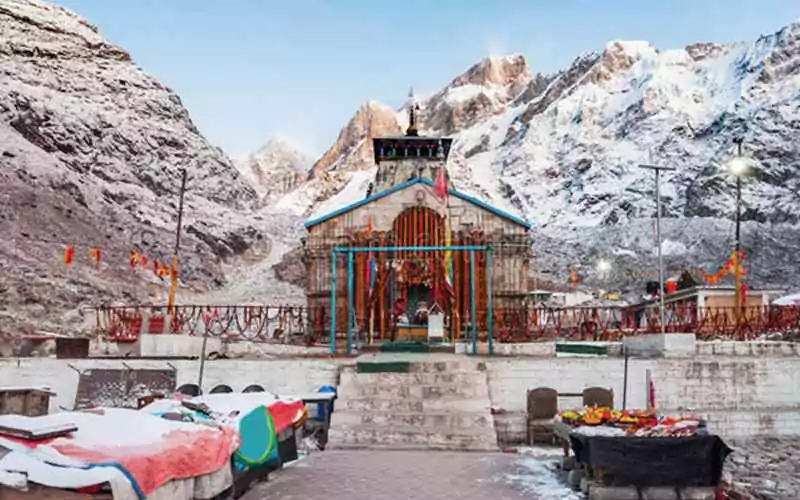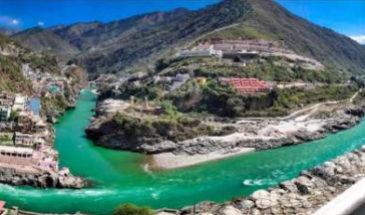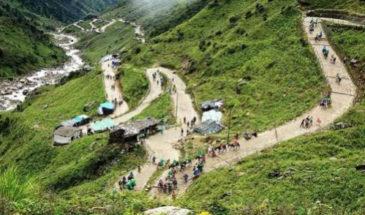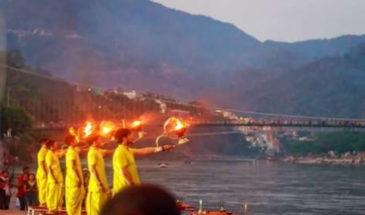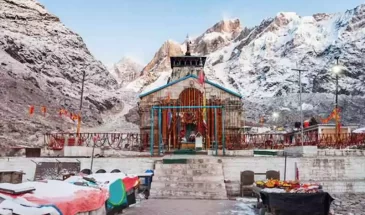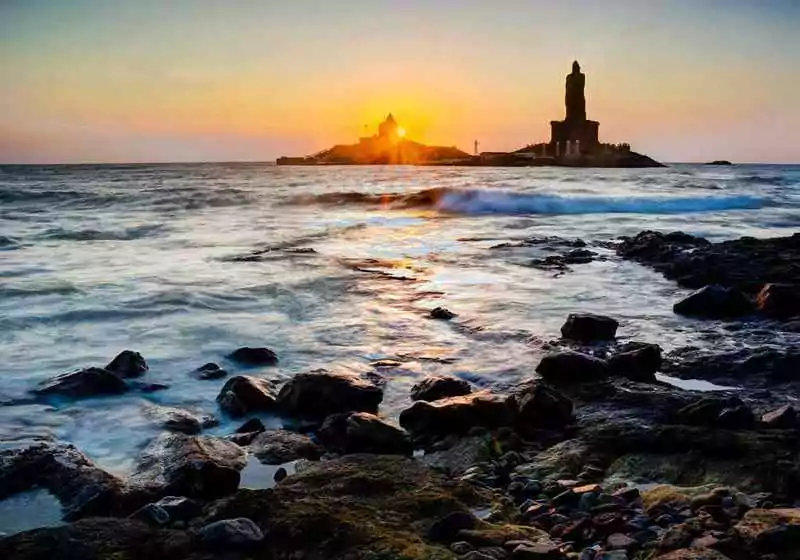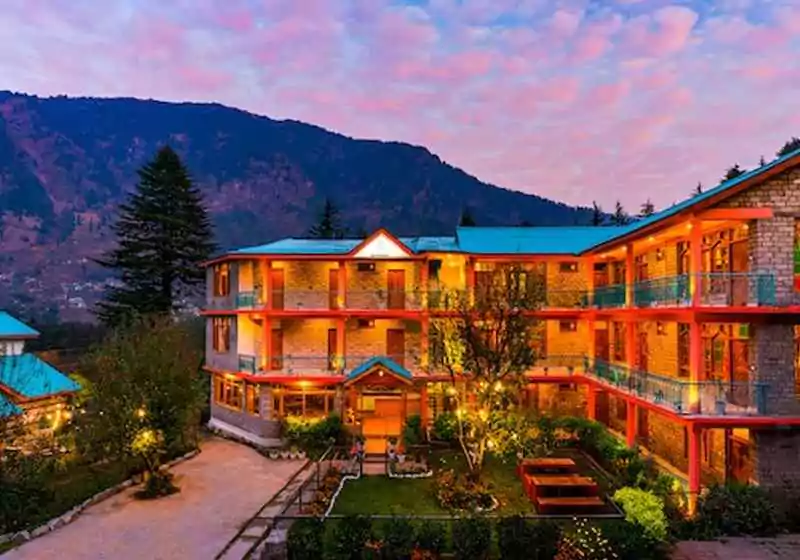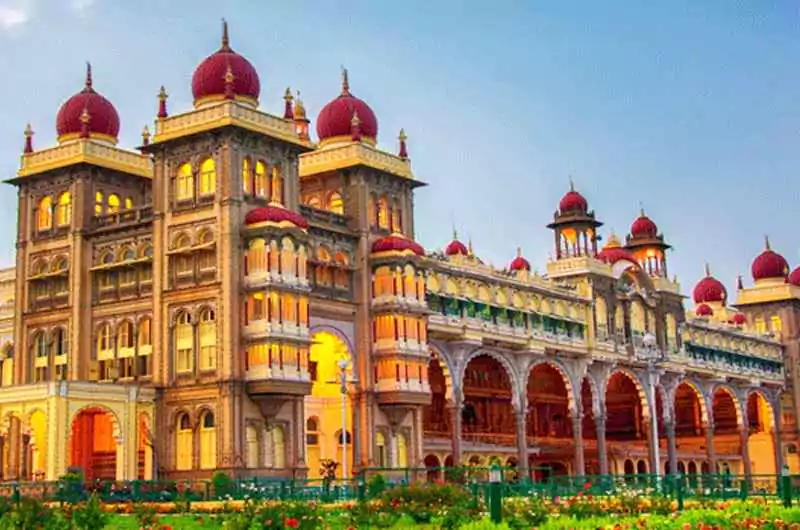- Overview
- Trip Outline
- Gallery
4 Days & 3 Nights
Departure: May
Itineraries
Day 1
Haridwar – Guptkashi (220 Kms/8-9Hr)
• Pick up from Haridwar railway station.
• Transfer to Guptkashi via Rudraprayag & Devprayag
• Enroute you can see the beautiful river Mandakini at Tilwara.
• Visit Ardh Narishwar Temple in Guptakashi.
• Check into the hotel's arrival in Guptakashi.
• Overnight stay at Guptakashi.
Guptakashi:- The name Gupt Kashi means "Hidden Benares. Mythology describes how when
the Pandava brothers were searching for a glimpse of Shiva, Shivji first concealed himself at
Guptkashi, but later fled from them further up the valley to Kedarnath, where the Pandavas
finally got their wish fulfilled.
There are more tangible connections as well-the Kedarnath pandas (priests) live in Guptkashi
during the winter months, and after the Kedarnath temple closes for the winter, the image of Kedarnath passes through Guptkashi on its way to Ukhimath
(across the valley), where it stays for the winter.
Day 2
Gupkashi – Kedarnath – Gutkashi (30 Kms by road & 19 Kms Trek one way) Height: 3384 MTS
Kedarnath: The Kedarnath shrine, one of the 12 jyotirlingas of Lord Shiva, is a scenic spot
situated, against the backdrop of the majestic Kedarnath range. Kedar is another name of Lord
Shiva. According to legend, the Pandavas after having won over the Kaurava in the Kurukshetra
war felt guilty of having killed their own brothers and sought the blessings of Lord Shiva for
redemption. He eluded them repeatedly and while fleeing took refuge at Kedarnath in the form
of a bull. On being followed he dived into the ground, leaving his hump on the surface. The
remaining portions of Lord Shiva appeared at four other places and are worshipped there as his manifestations. The arms appeared at Tungnath, the face at
Rudranath, the belly at Madmaheshwar and his locks (hair) with the head at Kalpeshwar.
Kedarnath and the four above-mentioned shrines are treated as Panch Kedar.
Kedarnath Weather - Due to its high altitude the weather in Kedarnath remains cold for the
most part of the year. Summer here is cool and pleasant while winter is severe. During the
summer season, the temperature varies around 20°Celsius. Light woolen wear is recommended.
The winter season in Kedarnath is severe with the mercury falling to as low as 0°Celsius. During
this time theplace experiences snowfall as well. Due to the extreme climatic conditions, this time
is usually avoided by tourists.
Day 3
Guptkashi – Rishikesh
• The morning after breakfast, drive for Rishikesh.
• En-route visit local places and temple.
• Overnight stay at Rishikesh
Places Covered: Dhari devi temple, Dev Prayag, Rishikesh, Ram Julla, Laxman Julla,
Triveni ghat
Rishikesh: Named after the Lord Vishnu, Rishikesh is a holy city for Hindus. Located in the
foothills of the Himalaya in northern India it is also known as the yoga center of the world and is home to many world-renowned ashrams. Rishikeshstyles
itselfasthe‘YogaCapitaloftheWorld’,withmassesofashrams and all kinds of yoga
and meditation classes. The fast-flowing Ganges is surrounded by forested hills inside the city.
Apart from temples and ashrams, Rishikesh is now a popular white-water rafting center,
backpacker hang-out, and gateway to treks in the Himalaya.
Day 4
Rishikesh – Haridwar
- Morning after breakfast, drive for Haridwar
- Dropping at Haridwar / station / home / hotel.

